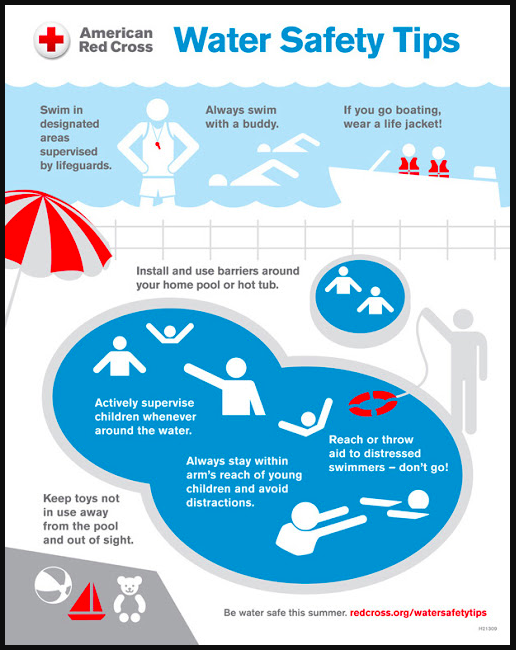May is National Water Safety Month
Could you save a drowning child?
Before you find yourself in that frightening scenario, learn everything you can to prevent it from happening in the first place.
May is National Water Safety Month, plenty of time before summer vacation season to learn CPR, look for and remove hazards around your home and get your family to think about what to do if the unthinkable happens.
It’s sad to say but drowning is the leading cause of unintentional death in children ages 1-4, according to U.S. Product Safety Commission.
Experts say the No. 1 thing a parent can do for their kids’ safety around water is help them learn how to swim.
“According to the CDC, formal swim lessons reduce drowning risk by 88 percent,” says our co-founder Chris DeJong. “That is why swim lessons are a vital part of growing up.”
If your child hasn’t started lessons, it’s never too late to start.
“There really isn’t an ideal age to start swim lessons,” DeJong adds. “Big Blue Swim School offers lessons for children of all ability levels ranging in age from 6 months to 12 years old. We always recommend that parent’s get their children involved with swim lessons as early as they can and remain committed to seeing progress.”
“If your child is not making progress to be an independent swimmer, then it’s time to find a different program. Water safety is too important to leave to chance.” says DeJong.
In addition to swim lessons, DeJong offers his top safety tips:
• Learn how to swim yourself if you don’t already know.
• Never leave a child unattended near water. Remember, lifeguards are not babysitters.
• Stay within arms’ reach of young children at all times in and around the pool. That goes for bath tubs too — small children can drown in as little as 2 inches of water.
• Make sure your backyard pool is fenced in with a self-locking gate.
• If your child is going over to a friend’s house that has a pool, review the safety precautions with your child’s friend’s parents.
• Understand the basics of life-saving so that you can assist in a pool emergency. That means learn to perform CPR on children and adults and update those skills regularly.
For older children, the American Red Cross year-round water safety suggests they:
• Swim in designated areas supervised by lifeguards
• Always swim with a buddy
• Read and share with their parents the tips on this American Red Cross infographic: 
But if you see a child in distress in the water, the American Red Cross urges you to:
• Shout for help
• Rescue and remove the person from the water (without putting yourself in danger)
• Call or tell someone nearby to call 911
• Begin rescue breathing and CPR
• Use an AED if available and transfer care to advanced life support
Learn more about water safety HERE